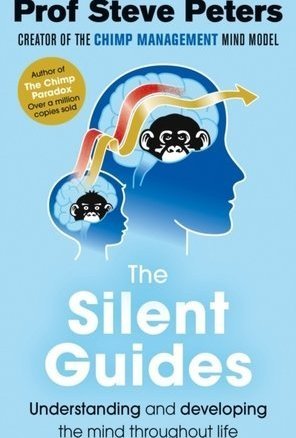The Silent Guides
BookThis item doesn’t have any media yet
2018 | Education | Health & Fitness | Mind, Body & Spiritual
Understanding and developing the mind throughout life - the NEW book from the creator of the chimp management mind model and author of the million copy selling The Chimp Paradox.
The Silent Guides explores some neuroscience and psychological aspects of the developing mind, unconscious thinking, behaviours, habit formation and related topics in an easy to understand way. It then offers practical ideas and thoughts for the reader to reflect on using 10 helpful habits as examples.
This book has two themes:
- To help adults to consider and understand where some of their unhealthy or destructive learnt behaviours and beliefs might have come from, and then offer ways to replace them with healthy and constructive behaviours and beliefs.
- To offer ideas and support to parents, teachers or carers that could help children to form healthy and constructive habits and prevent unhealthy or destructive habits from developing.
Examples of unhelpful thinking, behaviours and habits that can be changed include:
Being overly self-critical
Fear of failure and unforgiving perfectionism
Worrying excessively or overreacting to situations
Procrastinating
Living with low self-esteem
Examples of helpful thinking, behaviours and habits include:
Smiling
Getting over mistakes
Developing a positive outlook
Being able to talk through your feelings
Seeking appropriate help
Being proactive
Written as a companion to My Hidden Chimp, these two interconnected books tackle how we can best manage our mind from childhood and into adulthood.
Professor Steve Peters explains neuroscience in a straightforward and intuitive way - offering up 10 simple habits that we as adults and children should have in our arsenal to deal with everyday life. These 10 habits should and can be retained for life.
Related Items:
| Published by | Lagom |
Main Image Courtesy: Goodreads .
Images And Data Courtesy Of: Lagom.
This content (including text, images, videos and other media) is published and used in accordance
with Fair Use.
| 9-10 |
|
0.0% (0) | |
| 7-8 |
|
33.3% (1) | |
| 5-6 |
|
66.7% (2) | |
| 3-4 |
|
0.0% (0) | |
| 1-2 |
|
0.0% (0) |
